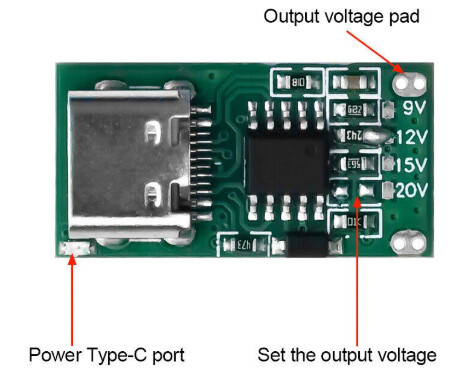I have a USB C lap top charger. IE it is used to charge lap tops via a USB C connection.
Actually I have two of these. I use the spare one to charge my cell phone & my bluetooth headset (it’s faster than the wallwart chargers).
I also have a Snug power bank that I can use to charge cell phones (USB C or micro-USB), tablets, kindles, headset etc.
Now I bought my wife a very handy portable fan that can easily be placed where ever she is sitting and which also has a built in light. So this is very handy for her when she is knitting. It has a USB C port for charging.
Last night it ran out of battery. No problem… I’ll just use the lap top charger.
Only thing is it didn’t charge. No lights came on to indicate charging, and after an hour the batteries had no charge in them.
Puzzled I used the power bank. Straight away the charge light comes on. After 10 minutes or so the power bank is still on and the SOC display is going down. Eventually the fan was completely charged and the power bank then turned off.
So when is USB C not USB C?
